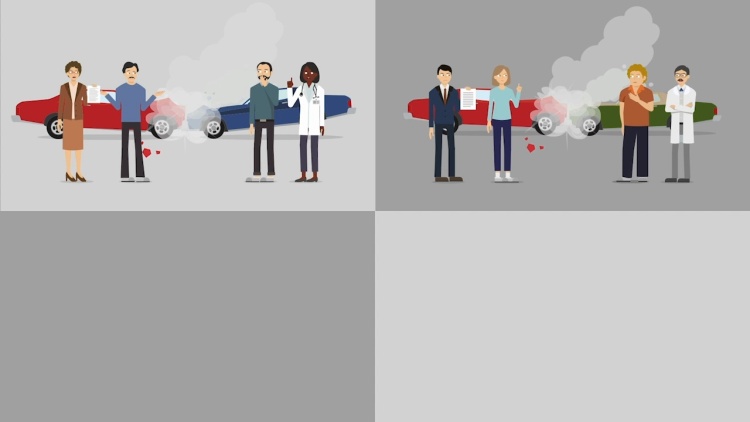United States v. Perez
United States Court of Appeals for the Fifth Circuit
489 F.2d 51 (1973)

- Written by Carolyn Strutton, JD
Facts
Kenneth DeMary, Larry DeMary, and Mayo Perez (defendants) were the central participants in a complex and wide-ranging fraud scheme. The scheme revolved around staging car accidents and then recouping insurance payments for nonexistent injuries supposedly arising from the accidents. The participants in the scheme included drivers who would crash into another car, drivers and riders in the car that would be hit, physicians who would falsify medical records for treatment of the invented injuries, and attorneys who would advance payment to the drivers and riders and pursue the fraudulent insurance claims. The success of the scheme depended upon the repeated action of all the participants in their various roles across a wide geographic area. The various participants in each particular fraudulent accident varied, and no one specific incident of fraud included every participant in the scheme, but the fraud operated in a concerted, overlapping, and organized process. The conspirators used the United States mail to submit the fraudulent insurance claims. The scheme was eventually exposed. Ten individuals were charged with multiple counts of conspiracy to commit mail fraud, and some were also charged with the crime of mail fraud itself. The defendants who were convicted of the conspiracy charges appealed, alleging that the prosecution had failed to establish that one single overall conspiracy existed between the various participants.
Rule of Law
Issue
Holding and Reasoning (Brown, J.)
What to do next…
Here's why 899,000 law students have relied on our case briefs:
- Written by law professors and practitioners, not other law students. 47,000 briefs, keyed to 994 casebooks. Top-notch customer support.
- The right amount of information, includes the facts, issues, rule of law, holding and reasoning, and any concurrences and dissents.
- Access in your classes, works on your mobile and tablet. Massive library of related video lessons and high quality multiple-choice questions.
- Easy to use, uniform format for every case brief. Written in plain English, not in legalese. Our briefs summarize and simplify; they don’t just repeat the court’s language.







